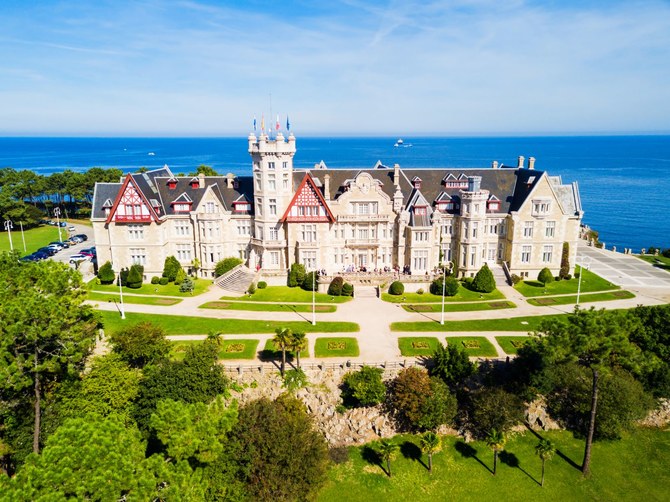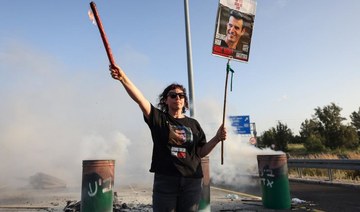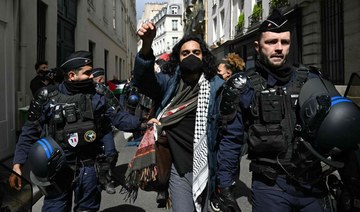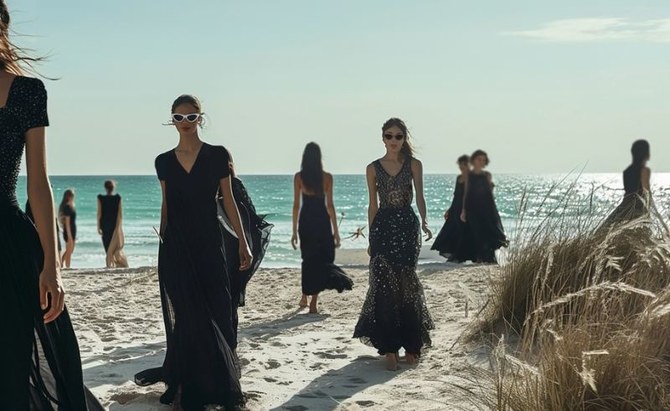DUBLIN: Santander is generally off the tourist radar for most visitors to Spain, which is a shame given how much it has to offer. While it might not have the culinary cachet of San Sebastian, or the artistic offerings of Bilbao, the capital of the Cantabrian region has a charm all of its own. The Bay of Santander dominates the city, and you are never more than a few minutes’ walk from the water. From the fresh seafood to the yachts bobbing past the promenade, to the epic expanse of city beach, this is a city that lives for the sea.
Your first stop should be the city center, which, like those in most other Spanish cities, only gets going long after the sun goes down. Head to the Plaza de Cañadίo, which is filled with cafés and tapas joints. Expect to see everyone from loved up young couples to rowdy teenagers to octogenarians strolling past — it’s a cliché, but it’s true: in Spain the main square is the communal living room. La Conveniente is always packed, which is down to the quality of the meat and cheese tapas they serve up. Get there by 8 p.m. if you want a table, and be sure to order a helping of the local pate.
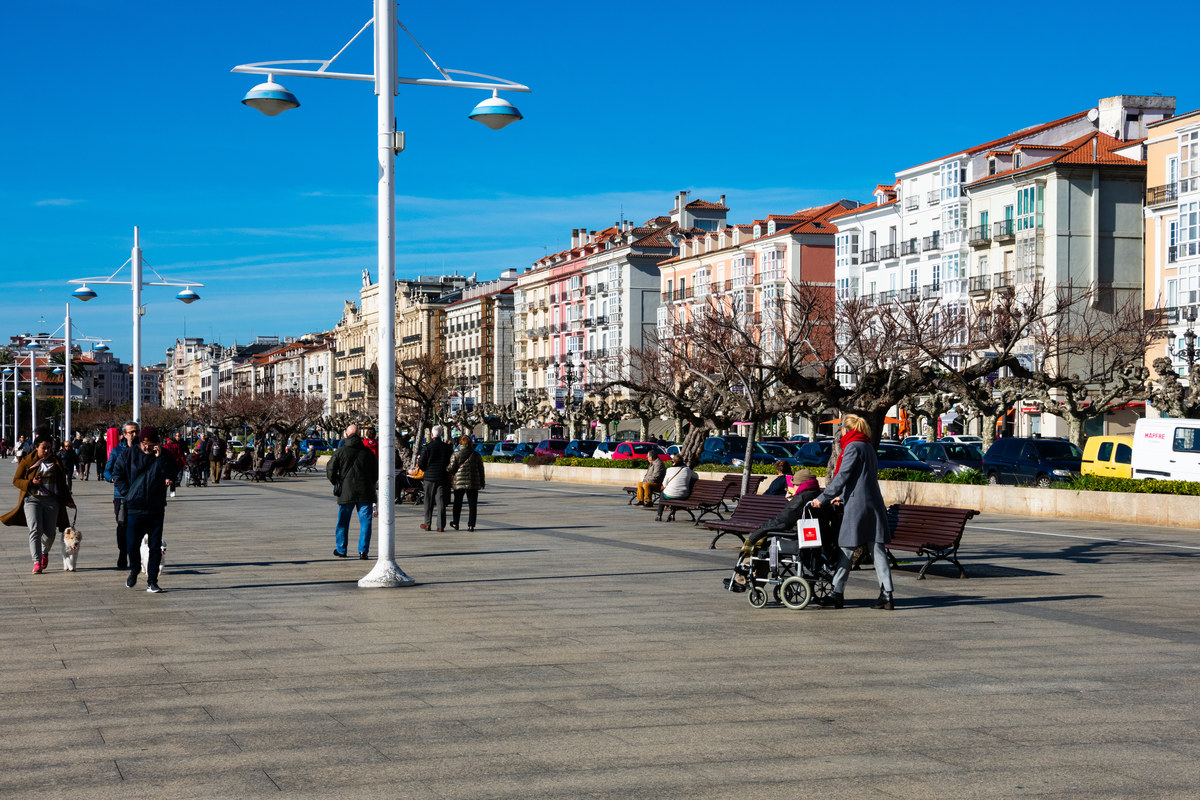
(Shutterstock)
Take a post-meal stroll along the Paseo de Pereda promenade — the perfect place to burn off those calories. Its highlight is the Centro Botin, a stunning piece of modern architecture, which juts out over the sea. Designed by the renowned Italian architect Renzo Piano, its 2,500 square meters features a host of international modern art, as well as stunning views of the bay. At the other end of the spectrum lies the city’s Museum of Prehistory and Archaeology. Cantabria is something of an archaeological hotspot, with remains found in the region spanning the earliest hominids to stone disks from the pre-Roman Cantabrians, to prehistoric cave art.
Protruding out into the Atlantic is the lush Peninsula de la Magdalena headland, and the walk from the city center offers wonderful sea views. The jewel in the headland’s crown is the Palacio de la Magdalena, which was built in 1909 to house the Spanish Royal Family. It’s the most visited place in the city and worth the walk there and back — a guided tour costs three Euros and is the only way to properly explore the building.
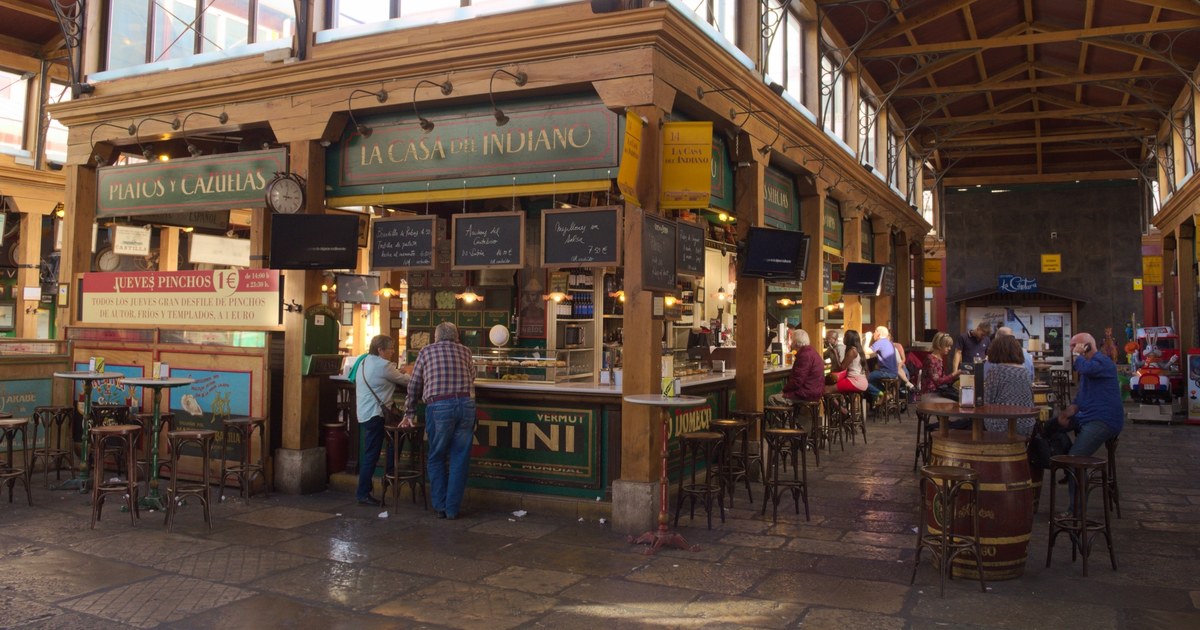
(Shutterstock)
Head further north towards El Sardinero to discover the more upmarket part of the city, which is also home to some of the longest beaches in northern Spain. There is a definite high-end feel to the place, with its belle-époque architecture and old-money vibe. Grab a coffee at one of the many promenade cafés and watch the clouds drift in from the Atlantic.
When hunger strikes, we recommend heading back into the center of town to La Cátedra, a tapas bar that has been in existence since 1866. It’s tiny, which is why most customers prefer to stay outside, perched on stools. The street it’s on is one of the nicest too, being one of the few to avoid being damaged in the 1941 fire that decimated the city. Go for the oysters, and you will be hard pressed not to return here every night of your trip. For desert, head back to Paseo de Pereda and to Heladaria Regma, which has been serving up local ice cream since 1933. There’s a huge amount to choose from: try local favorite, mantecado. The servings are huge too, but a long walk on the promenade should assuage any feelings of guilt.

(Shutterstock)
If you want to escape the city for a morning, hop on the ferry across the bay to Somo, which is smaller, quieter and more picturesque than Santander. There are a handful of surf schools around too, if you feel guilty about all that culinary indulgence the night before.
Santander would never claim to be one of Europe’s greatest cities — nor even one of Spain’s — but it has a wonderful mix of food, atmosphere and a rustic charm all of its own. And, the fact it gets overlooked just means that, even in the summer months, it’s never overrun with crowds.



